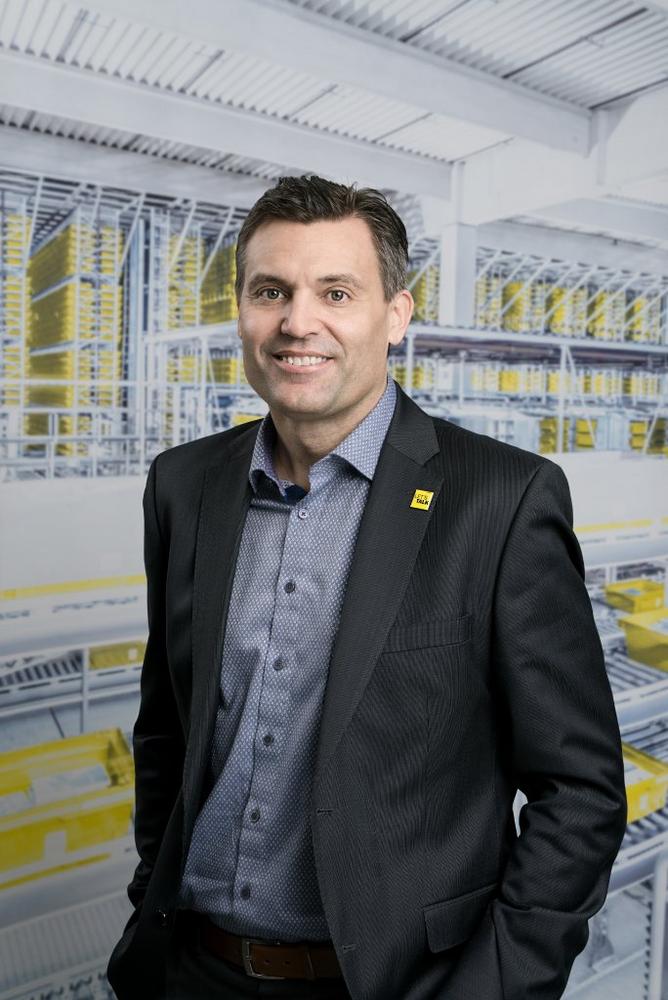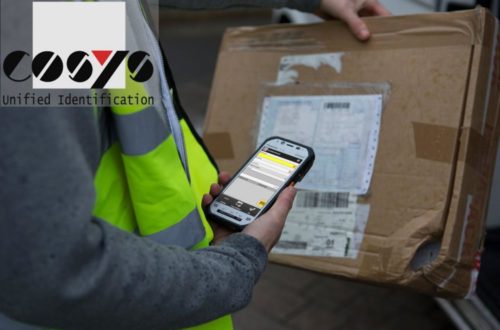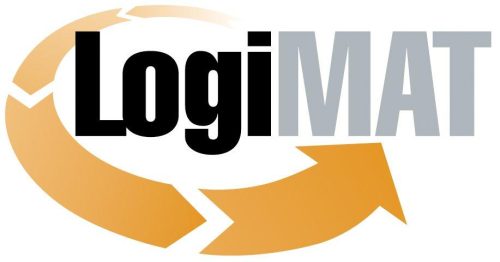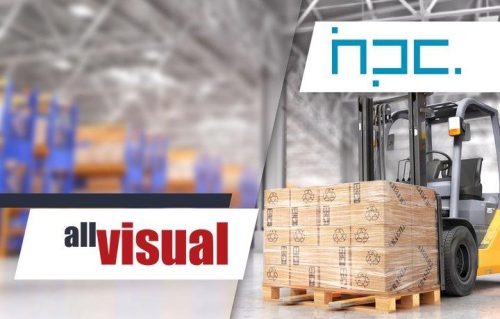
Blog | The Art of Staying Cool – Even When the Temperature Rises in Frozen Food and Fresh Produce Logistics
- Consumer trends such as e-commerce and home delivery are on the rise.
- Extremely efficient omnichannel logistics is set to pose a core challenge in the future.
- Volatile demand behavior is becoming more and more common – not least due to the COVID-19 pandemic.
Special requirements are the order of the day, particularly in fresh produce logistics. Fresh produce logistics comprises fresh fish, dairy, and fruit and vegetable shipments from countries all over the world, as well as frozen food shipments straight to the consumer – and always in the shortest time possible. Frozen food and fresh produce require uninterrupted cooling in order to preserve their maximum shelf life. It goes without saying that this also involves adherence to all legal provisions regarding the cold food chain.
The market in numbers: the most important facts at a glance
In the food market:
EU market figures (source: www.statista.com):
In 2021, sales in the "food" market are set to total 1,560 billion euros. According to forecasts, 2025 will see a market volume of 1,610 billion euros, which is equivalent to annual growth of 0.8%.
In 2021, e-commerce will account for roughly 1.2% of total expenditure made on food, drinks, and tobacco products – a figure which is set to rise to 1.3% in 2022. As market volume increases, so too does the number of requirements placed on e-commerce and omnichannel strategies – and at a rapid pace at that.
In the frozen food market:
Frozen food market (source: lebensmittelmagazin, March 2020):
March 2020: Ninety years ago, the world was introduced to frozen food. Frozen products became available for the first time on March 6, 1930, in a small grocery store in the USA. This feat was made possible by flash-freezing, one of the greatest innovations in food preservation.
According to UnivDatos Market Insights (UMI), the value of the global frozen food market will rise from 232 billion US dollars in 2019 to 320 billion US dollars by 2026.
German market:
The innovative flash-freezing method spread across Germany during the economic miracle years of the 1950s. Fast forward to today and German supermarkets now stock more than 17,000 frozen items in their freezers. In 2019, frozen food sales in Germany totaled around 15.36 billion euros (source: statista.com).
A breath of fresh air in intralogistics
Major logistical challenges require master strokes in intralogistics in the form of innovative solutions and continuously optimized warehouse processes. These are particularly in demand for goods for which the cold chain cannot be interrupted because they are perishable items. There are many requirements for automated cold warehouses with a range of temperature zones, including real-time monitoring of warehouse equipment, doors, loading ramps, and compressors, which guarantee that resources are used and distributed efficiently. The management of operating costs in these warehouses is extremely important.
Constant temperature control in the cold store is just the beginning: adherence to all food regulations is also a top priority. End to end food safety plays a crucial role for two reasons: firstly to prevent food contamination and recalls, and secondly to improve traceability in the event that recalls are necessary. Every cold warehouse must ensure compliance with temperature requirements, guarantee proper materials handling, and prevent cross-contamination without exception.
Omnichannel and e-commerce requirements are making these already significant challenges even bigger. Omnichannel comprises the planning, management, and monitoring of all available distribution channels and customer touchpoints, which are playing an increasingly important role in food logistics. This includes e-commerce, which has become a fixture of day-to-day life – be it in automated or IT form.
As a result, there is no getting away from modular warehouse and logistics systems for storing, conveying, transporting, and picking in complex food warehouses, cold stores, and deep-freeze warehouses. Together with a powerful warehouse management system (WMS), these are key to successfully meeting the diverse requirements.
Speaking of WMS:
In order to meet the various needs of our customers, we often hold platform discussions with them, such as when a customer has several ERP systems and any number of warehouse locations, or needs to operate an omnichannel fulfillment center. It may be useful here to establish a platform that can act as an intermediate layer, from which all warehouse location stock can be managed centrally. However, it does not end there: the entire warehouse as well as all process steps need to be optimized too. Our WAMAS® software already features a number of algorithms that save time by optimizing the order sequence.
It is possible to aggregate temperature data, product barcode information, and other critical data records from the software tools used, which ensure that perishable and frozen food complies with the legal provisions across the entire supply chain and that consignments can be traced from start to finish.
Among the many advantages of a WMS are real-time stock control and transparency. The variety of stockkeeping units and temperature-sensitive attributes (such as manufacturer, batch number, best before date) means that appropriate product tracking and smart decision-making are essential during order processing. These both play a role in reducing operating costs and processing orders for quick and successful delivery.
There is a clear trend towards artificial intelligence (AI). For example, if a truck is stuck in traffic, a mechanical limitation develops in the system, or if there is a sudden peak situation, the respective order structure will change immediately. It is no longer necessary to manually adjust the parametrization for these scenarios spontaneously. These kinds of cases demonstrate the impressive potential of AI methodology, as it reacts quickly to these changes to adjust strategies and parameters.
Automation systems from SSI Schaefer
Integrating a WMS with automated systems, such as storage-retrieval machines and transport systems, ensures greater efficiency when picking temperature-sensitive products. In the event of a product recall, these automated solutions can quickly retrieve the affected batch.
Side effects of the COVID-19 pandemic
Of course, the coronavirus pandemic is also having an impact on cool chain distribution centers, their suppliers, and customers. Several companies were and still are having to take measures to protect their employees, ranging from staggered shift work to social distancing, right through to remote working.
While the majority of staff need to be present on site, cold stores are taking advantage of their WMS to better protect the workforce and adhere to the measures and guidelines for stopping the spread of COVID-19. Zone picking helps to keep employees within a certain section of the warehouse for picking orders. The goods then arrive for consolidation in the central staging area – all while maintaining sufficient distancing along the staging line. Technology is also being used to create safer working conditions and speed up picking within certain zones or sections of the warehouse – i.e., voice-controlled freehand picking.
Conclusion
The core requirement for frozen food and fresh produce logistics can be summed up in a few words: timely staging of the goods is always the number one priority in order to satisfy demand in a cost-effective manner while maintaining the highest standards of quality and safety.
This requires the innovative and extremely reliable solutions from the SSI Schaefer portfolio. These solutions are essential to successfully overcoming the complex challenges created by new trends, legal requirements, and increasingly demanding consumers.
About the author:
Andreas Wimmer is Vice President of Product Solutions at SSI Schaefer. He is a graduate of Graz University of Technology and has been working in the intralogistics industry for 20 years.
His focus is on combining automated systems with the right IT solutions. At SSI Schaefer, he is responsible for the modularization and standardization of solutions in the Logistics Solutions business unit.
The SSI Schaefer Group is the world’s leading provider of modular warehousing and logistics solutions. With headquarters located in Neunkirchen (Germany), SSI Schaefer employs approximately 10,500 associates globally, along with seven domestic and international production sites, and approximately 70 worldwide operating subsidiaries. Across six continents, SSI Schaefer develops and implements innovative industry-specific answers to its customers‘ unique challenges. As a result, it plays a key role in shaping the future of materials handling.
SSI Schaefer designs, develops and manufactures systems for warehouses and industrial plants. Its portfolio includes manual and automated solutions for warehousing, conveying, picking and sorting, plus technologies for waste management and recycling. In addition, SSI Schaefer is now a leading provider of modular, regularly updated software for in-house material flows. Its IT team, with a headcount in excess of 1,100, develops high-performance applications, and provides customers with in-depth advice on the intelligent combination of software with intralogistics equipment. The SSI Schaefer IT offering, including its own WAMAS® and SAP products, delivers seamless support for all warehouse and material flow management processes. Solutions from SSI Schaefer improve the productivity and efficiency of customer organizations – not least through the highly precise monitoring, visualization, and analysis of operational metrics for proactive intralogistics management.
SSI Schaefer offers highly sophisticated, turnkey systems. As an international player, it can deliver one-stop solutions to all four corners of the earth. Its comprehensive portfolio encompasses design, planning, consulting, and customer-specific aftersales services and maintenance.
SSI SCHÄFER
Fritz-Schäfer-Strasse 20
57290 Neunkirchen / Siegerland
Telefon: +49 (2735) 70-1
Telefax: +49 (2735) 70-396
http://www.ssi-schaefer.de
Junior Project Manager CR & PR | Global Marketing
Telefon: +49 (2735) 70-9683
Fax: +49 (2735) 70-382
E-Mail: Annika.Nolte@ssi-schaefer.com
![]()



